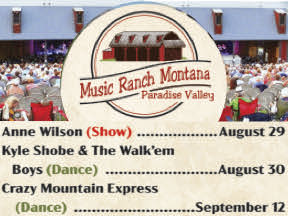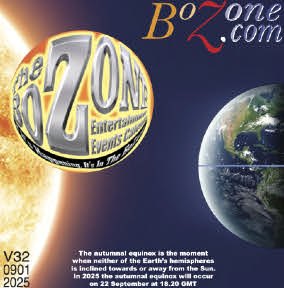By Kari Bowles
The Quiet Man: Duking it Out in Ireland John Wayne, though by any measure still a towering icon of Hollywood stardom, has often been considered more of a force of nature than an actual actor. This is a charge often leveled at stars from the Classical studio system, that they “just played themselves.” It’s an understandable but misguided conclusion. Performers like John Wayne approached roles with their own persona, which itself was a carefully crafted piece of work, though as a technique it might seem lazy or quaint in a post Actors’ Studio world. If it seemed like Wayne or Cary Grant or Humphrey Bogart were playing some version of themselves, it was more because the choices they made were so skillfully executed that it seemed effortless. One of the best performances Wayne ever gave was in John Ford’s The Quiet Man (1952). Ford and Wayne collaborated many times throughout the course of their joint careers, but this film was something of an anomaly for them both.
Instead of the American West, the setting is an Irish village (indeed, The Quiet Man was one of the first Hollywood movies to be shot on location in Ireland), and Wayne isn’t a cowboy or cavalry officer, but a retired boxer. At the film’s opening, Sean Thornton has returned to his ancestral home of Inisfree after many years in Pittsburgh, looking to start anew after accidentally killing an opponent in the ring. He intends to settle on the land that once was his family’s but, alas, the irascible ‘Red’ Will Danaher (Victor McLaglen) wants it for himself. There is also Red’s sister Mary Kate (Maureen O’Hara), the feisty colleen who Sean is immediately drawn to. But there are many local customs, including the granting of a dowry, that must be negotiated before a marriage can be consummated. This movie was the second of five that John Wayne and Maureen O’Hara appeared in together, and their onscreen rapport is essential to the picture’s success. In some ways
The Quiet Man plays like a riff on Shakespeare’s The Taming of the Shrew, particularly early on—the scene where Sean and Mary Kate first meet in his cottage is a case in point—. The push-and-pull of attraction and stubborn refusal to yield that characterizes their relationship is expressed in exuberant brawling that approaches, but significantly never crosses over, the line into actual violence. Ford also makes the wise choice to counterbalance the high-spirited physicality of their courtship with softer moments, such as the scene where they get caught in a rainstorm out in the country. This scene is a fine illustration of how erotic kissing could be, even in the age of the Production Code. As with all Ford films, the supporting cast is fantastic; several standard character actors from the era, including Barry Fitzgerald and Ward Bond, appear. It would also be remiss not to mention the Oscar-winning Technicolor cinematography by Winton C. Hoch. The emerald greens of the Irish landscape have seldom been so sparkling. •








